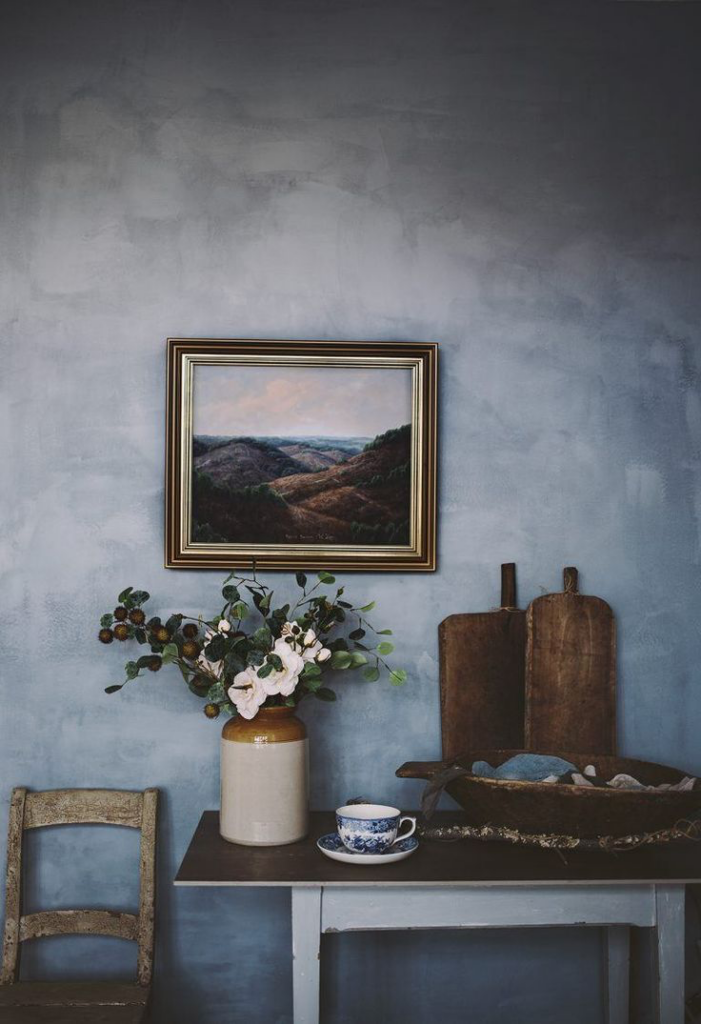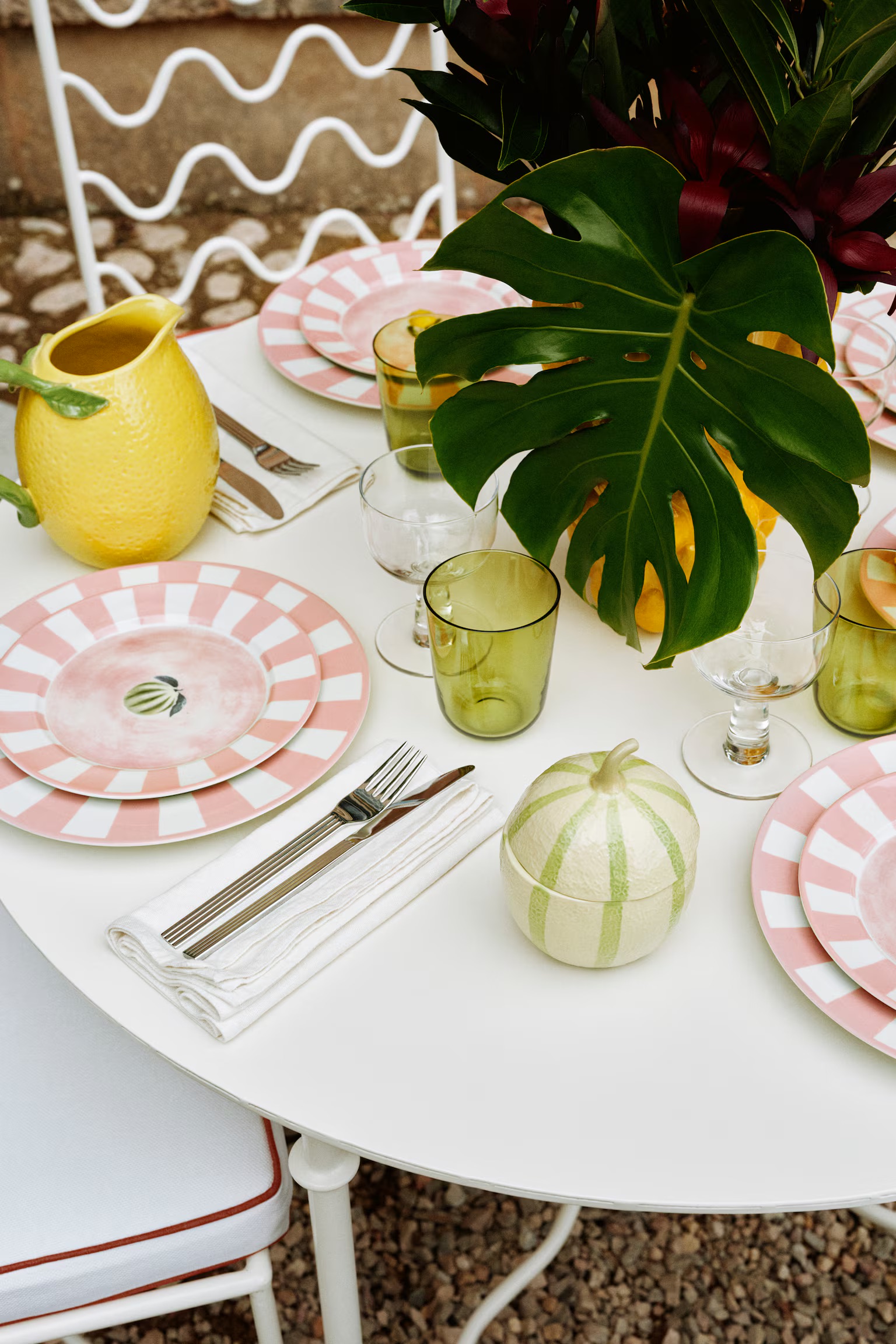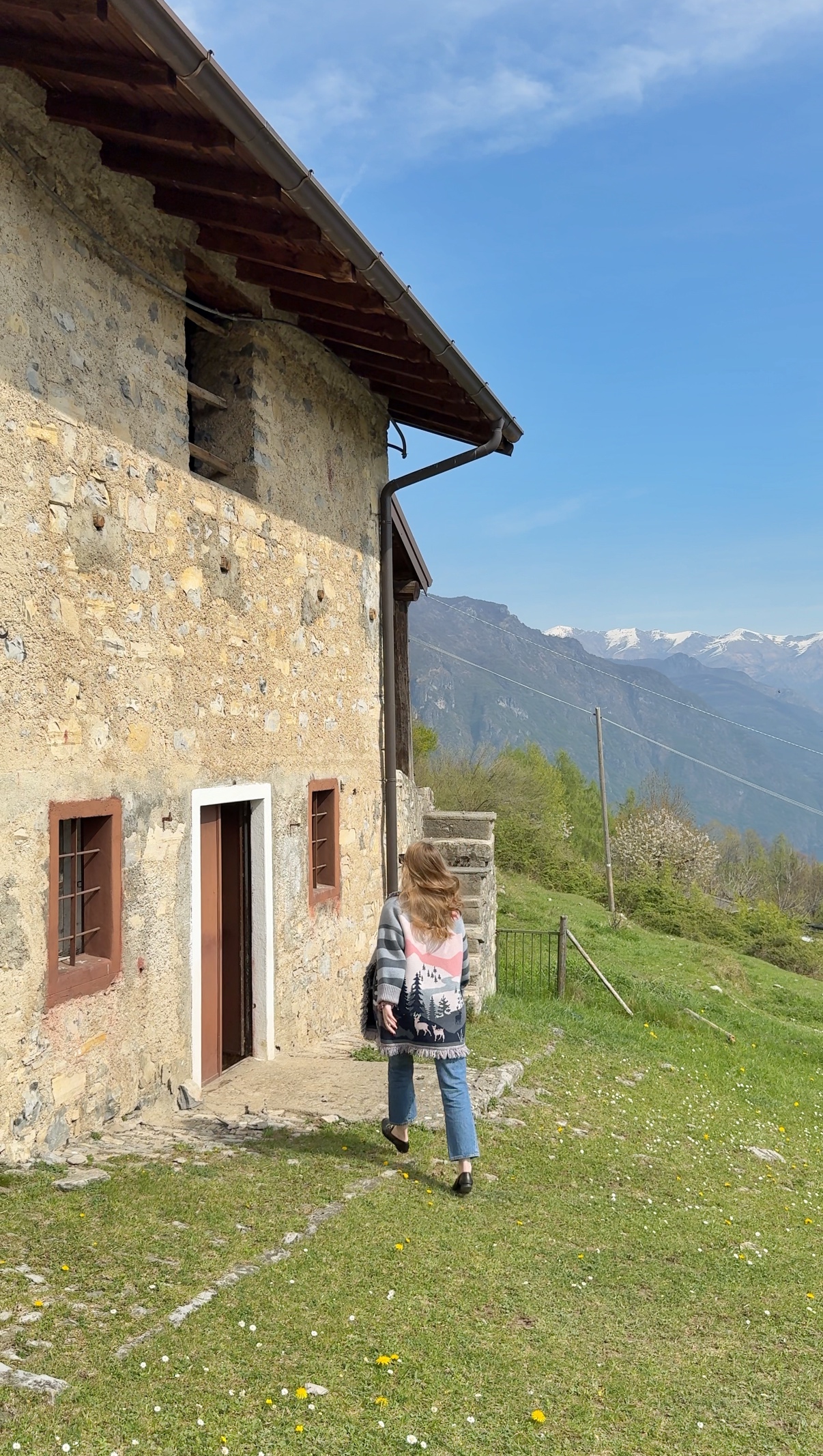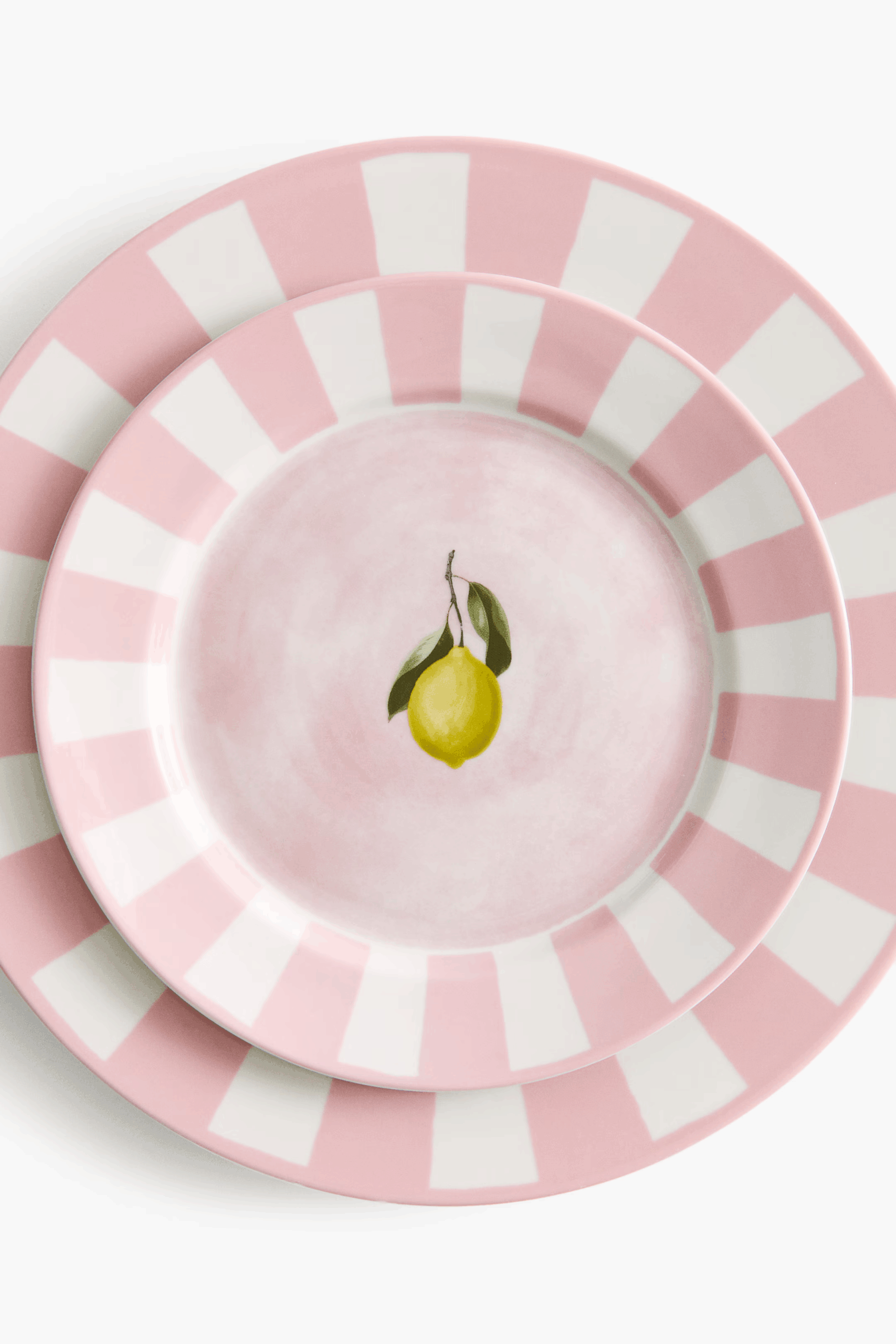Including their characteristics and where to use them in interior design
Wall paint plays a critical role in interior design. It sets the tone, ambiance, and overall aesthetic of a space, while also providing protection to the walls. However, with a wide variety of paints available, each offering unique characteristics and advantages, it can be overwhelming to choose the right one for your needs. In this blog post, we will explore the main types of wall paint, their characteristics, and where they are best used.
1. Matte Paint

Characteristics:
Matte paint, also known as flat paint, has no sheen and offers a velvety, smooth finish. It is highly pigmented, which makes it excellent at hiding imperfections like small cracks, dents, or patches on walls. Matte paint provides rich, deep color and absorbs light rather than reflecting it.
Pros:
- Excellent at hiding wall imperfections.
- Creates a soft, sophisticated look.
- Offers high color depth and richness.
Cons:
- Prone to scuff marks and stains.
- Difficult to clean; scrubbing may damage the finish.
Best Uses:
- Low-traffic areas like bedrooms or living rooms.
- Ceilings, where a non-reflective surface is preferred.
2. Eggshell Paint
Characteristics:
Eggshell paint offers a slight sheen, similar to the surface of an eggshell. It is less shiny than satin but provides a subtle, soft glow when light hits it. Eggshell paint is more durable than matte paint and easier to clean.
Pros:
- Offers a subtle sheen that enhances the look without being overpowering.
- More resistant to stains and wear than matte paint.
- Easier to clean with a damp cloth.
Cons:
- Does not hide imperfections as well as matte paint.
- Slightly more expensive than flat finishes.
Best Uses:
- Medium-traffic areas like dining rooms, hallways, and family rooms.
3. Satin Paint

Characteristics:
Satin paint is one of the most popular finishes due to its versatility. It has a soft luster that reflects more light than eggshell, offering a subtle shine without being overly glossy. Satin paint is highly durable and easier to clean, making it a practical choice for many areas.
Pros:
- Highly durable and easy to clean.
- Adds a slight shine that enhances light and color.
- Resistant to moisture and stains.
Cons:
- Can highlight surface imperfections like brush strokes or uneven walls.
- Requires careful application to ensure a smooth finish.
Best Uses:
- High-traffic areas such as kitchens, bathrooms, and children’s rooms.
- Trim and moldings for a slightly reflective finish.
4. Semi-Gloss Paint
Characteristics:
Semi-gloss paint has a noticeable sheen and is highly reflective. It is known for its durability and resistance to moisture, making it ideal for areas that require frequent cleaning or are exposed to humidity.
Pros:
- Extremely durable and easy to clean.
- Resistant to moisture, making it ideal for humid environments.
- Highlights architectural details like trim, doors, and moldings.
Cons:
- Can emphasize imperfections on the wall.
- Reflective finish may not suit all aesthetic preferences.
Best Uses:
- Bathrooms, kitchens, and laundry rooms.
- Trim, moldings, doors, and cabinetry.
5. Gloss Paint (High-Gloss Paint)

Characteristics:
High-gloss paint has the most reflective finish of all paint types. It creates a shiny, mirror-like surface that can dramatically enhance a space. This type of paint is exceptionally durable and easy to clean.
Pros:
- Extremely durable and long-lasting.
- Easy to clean; ideal for high-traffic or high-use areas.
- Enhances architectural details and creates a bold statement.
Cons:
- Highlights even the smallest imperfections.
- Requires meticulous surface preparation and precise application.
- May not be suitable for all design styles due to its high shine.
Best Uses:
- Accent walls for a dramatic effect.
- Doors, trim, and furniture.
6. Textured Paint

Characteristics:
Textured paint is designed to add depth and dimension to walls. It comes in various finishes, including sand, stone, and metallic effects. Textured paint is ideal for creating a unique and visually interesting look.
Pros:
- Hides imperfections well.
- Adds character and personality to a space.
- Can mimic the appearance of materials like stucco or concrete.
Cons:
- More challenging to apply and remove.
- Requires more paint and time to achieve the desired effect.
- Difficult to clean compared to smoother finishes.
Best Uses:
- Accent walls or feature areas.
- Rustic or industrial design styles.
7. Chalkboard Paint

Characteristics:
Chalkboard paint allows you to create a writable and erasable surface. Available in various colors, it is a fun and functional option for both residential and commercial spaces.
Pros:
- Transforms walls into a creative or organizational space.
- Easy to clean and rewrite on.
- Durable and long-lasting.
Cons:
- Limited to specific design styles.
- Requires a smooth surface for best results.
Best Uses:
- Kids’ rooms, playrooms, or kitchens for notes and reminders.
- Offices and cafes for brainstorming or menu boards.
8. Milk Paint
Characteristics:
Milk paint is an eco-friendly, non-toxic paint made from natural ingredients like milk protein, lime, and pigments. It provides a soft, matte finish and is often used for a vintage or shabby-chic look.
Pros:
- Eco-friendly and free of harmful chemicals.
- Offers a unique, vintage appearance.
- Easy to distress for an aged effect.
Cons:
- Less durable than synthetic paints unless sealed.
- Limited availability compared to other types.
Best Uses:
- Furniture and accent walls for a vintage or rustic look.
- Eco-conscious projects.
9. Acrylic Paint
Characteristics:
Acrylic paint is water-based and offers excellent adhesion, durability, and resistance to fading. It dries quickly and can be used on a variety of surfaces.
Pros:
- Durable and resistant to cracking or peeling.
- Easy to clean and maintain.
- Available in a wide range of finishes and colors.
Cons:
- More expensive than traditional latex paints.
- Can dry too quickly, making blending challenging.
Best Uses:
- Indoor and outdoor walls.
- High-traffic areas.
10. Specialty Paints
Specialty paints include a wide range of options tailored for specific needs, such as magnetic paint, anti-mold paint, and metallic paint.
Examples:
- Magnetic Paint: Creates a magnetic surface for hanging items without nails.
- Anti-Mold Paint: Contains fungicides to prevent mold growth in damp areas.
- Metallic Paint: Offers a shimmering, reflective finish for a luxurious look.
Best Uses:
- Functional areas like offices or kids’ rooms (magnetic paint).
- Bathrooms or basements prone to moisture (anti-mold paint).
- Accent walls or furniture for a bold statement (metallic paint).
Tips for Choosing the Right Paint:
- Consider the Room’s Function: For high-traffic areas or spaces exposed to moisture, durability and ease of cleaning are crucial.
- Surface Preparation: Glossy finishes require meticulous preparation, while matte or textured finishes can hide minor imperfections.
- Lighting: Reflective finishes like semi-gloss or gloss enhance light, while matte finishes absorb it.
- Design Style: Match the paint finish to your overall design aesthetic. For example, a high-gloss finish suits modern interiors, while matte or milk paint complements vintage styles.
- Color Testing: Always test paint samples on your walls to see how the color and finish look in your specific lighting conditions.
In conclusion, selecting the right wall paint involves balancing aesthetics, functionality, and personal preference. Whether you prefer the sophistication of matte, the durability of semi-gloss, or the creativity of specialty paints, understanding the characteristics of each type will help you make an informed choice and elevate your interior design.
Did you know you can also upgrade your home with wallpaper? Read our blogpost on that here and here.



